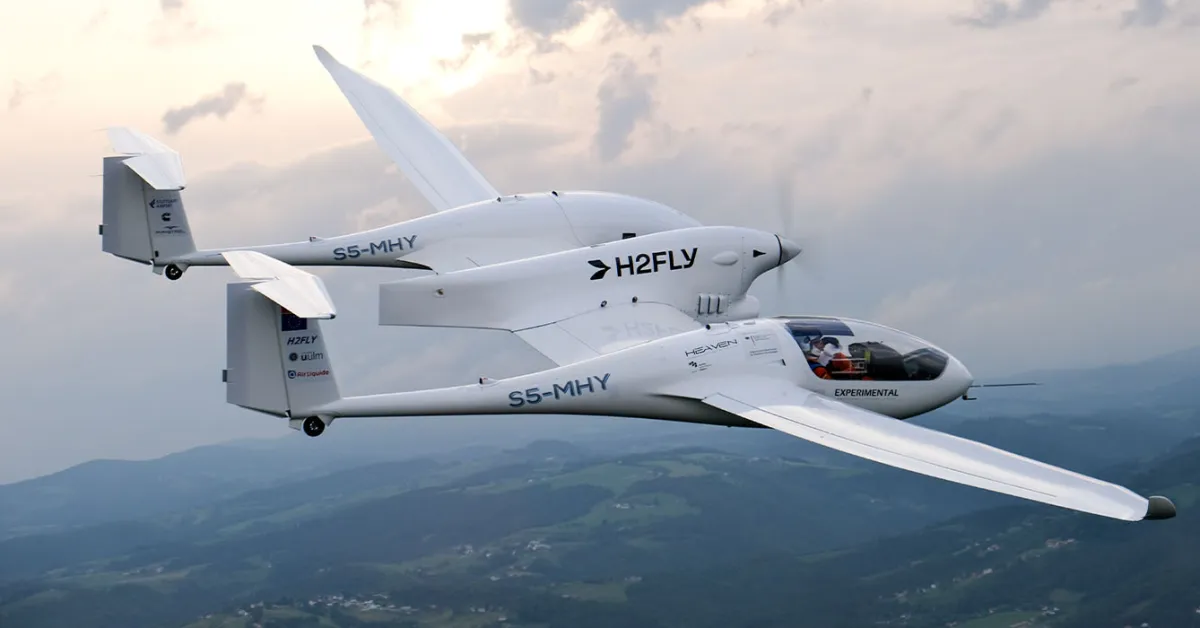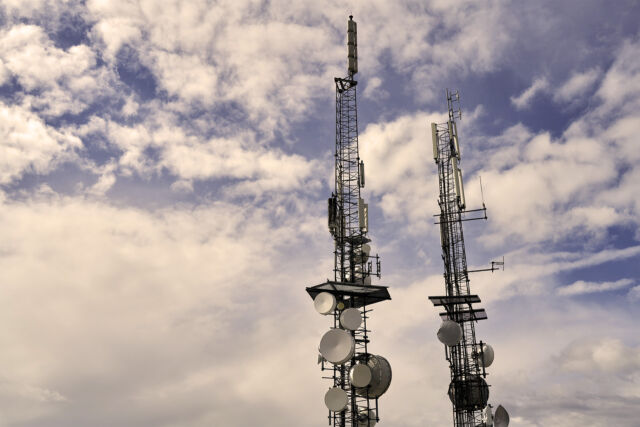The world’s first piloted flight of an electric aircraft driven by liquid hydrogen has been successfully achieved, according to H2FLY, a developer of hydrogen-electric powertrain systems for aircraft based in Stuttgart, Germany.
During its flight test campaign, the H2FLY team conducted four flights using liquid hydrogen, one of which was over three hours long.
The flights were carried out using the piloted HY4 demonstrator aircraft from H2FLY, powered by a cryogenically stored liquid hydrogen propulsion system and a hydrogen-electric fuel cell propulsion system.
According to the test flight results, switching from gaseous to liquid hydrogen will increase the HY4 aircraft’s maximum range from 750 km to 1,500 km, significantly introducing emissions-free, medium- and long-haul commercial flights.[1]
“This achievement marks a watershed moment in the use of hydrogen to power aircraft. Together with our partners, we have demonstrated the viability of liquid hydrogen to support medium and long-range emissions-free flight,” said Professor Josef Kallo, co-founder of H2FLY.
“We are now looking ahead to scaling up our technology for regional aircraft and other applications, beginning the critical mission of decarbonizing commercial aviation,” he added.
The campaign’s success is a major turning point for H2FLY and highlights the depth of the company’s research efforts.
Additionally, it marks the completion of Project HEAVEN, a collaboration with funding from the European Union to show that using liquid, cryogenic hydrogen in airplanes is feasible.
The German Aerospace Center (DLR), Air Liquide, Pipistrel Vertical Solutions, EKPO Fuel Cell Technologies, and Fundación Ayesa are the other partners in the partnership, which H2FLY heads.
The German Federal Ministry for Economic Affairs and Climate Action (BMWK), the German Federal Ministry for Digital and Transport (BMVD), and The University of Ulm have all contributed funding to the initiative and project HEAVEN.
Using liquified, cryogenic hydrogen (LH2) allows for much lower tank weights and volumes than pressurized gaseous hydrogen storage (GH2), increasing aircraft range and useful payload.
“Air Liquide is proud to have designed, manufactured and integrated, together with H2FLY, the liquid hydrogen tank that enabled to power the HY4 aircraft. Today’s success demonstrates the full potential of liquid hydrogen for aviation. Liquid hydrogen can be stored onboard and transported. Hydrogen is key to the energy transition and this new step proves that it’s already becoming a reality,” says Pierre Crespi, Innovation Director at Air Liquide Advanced Technologies.
References
- H2FLY, ‘World’s First Flight of Liquid Hydrogen Aircraft,’ 7 September 2023, https://www.h2fly.de/2023/09/07/h2fly-and-partners-complete-worlds-first-piloted-flight-of-liquid-hydrogen-powered-electric-aircraft/.[↩]





